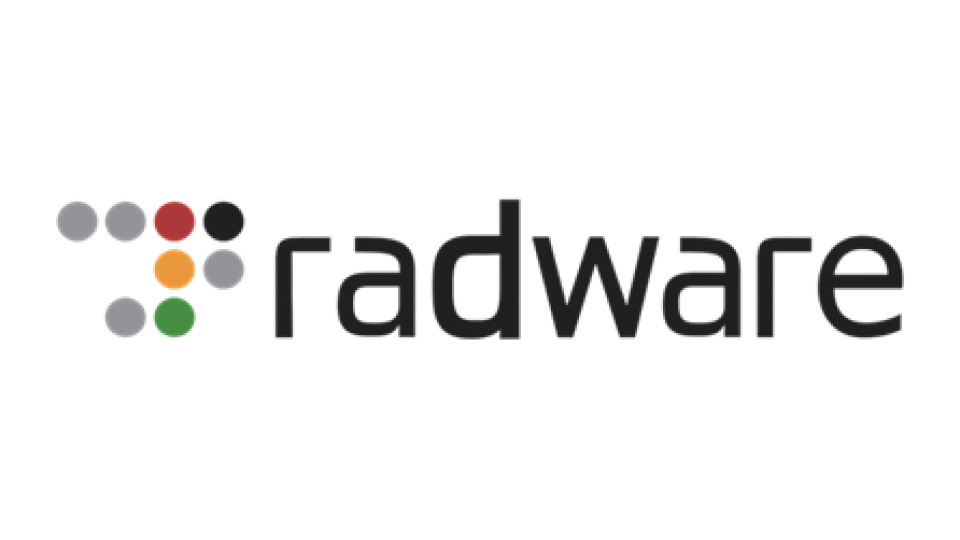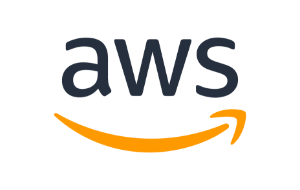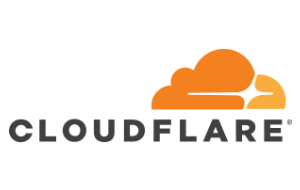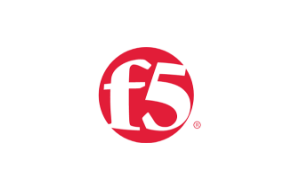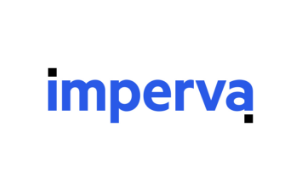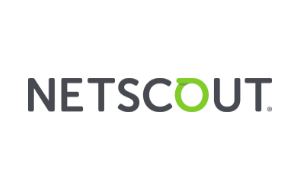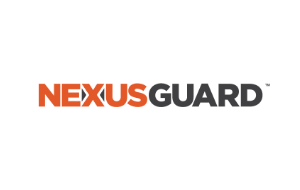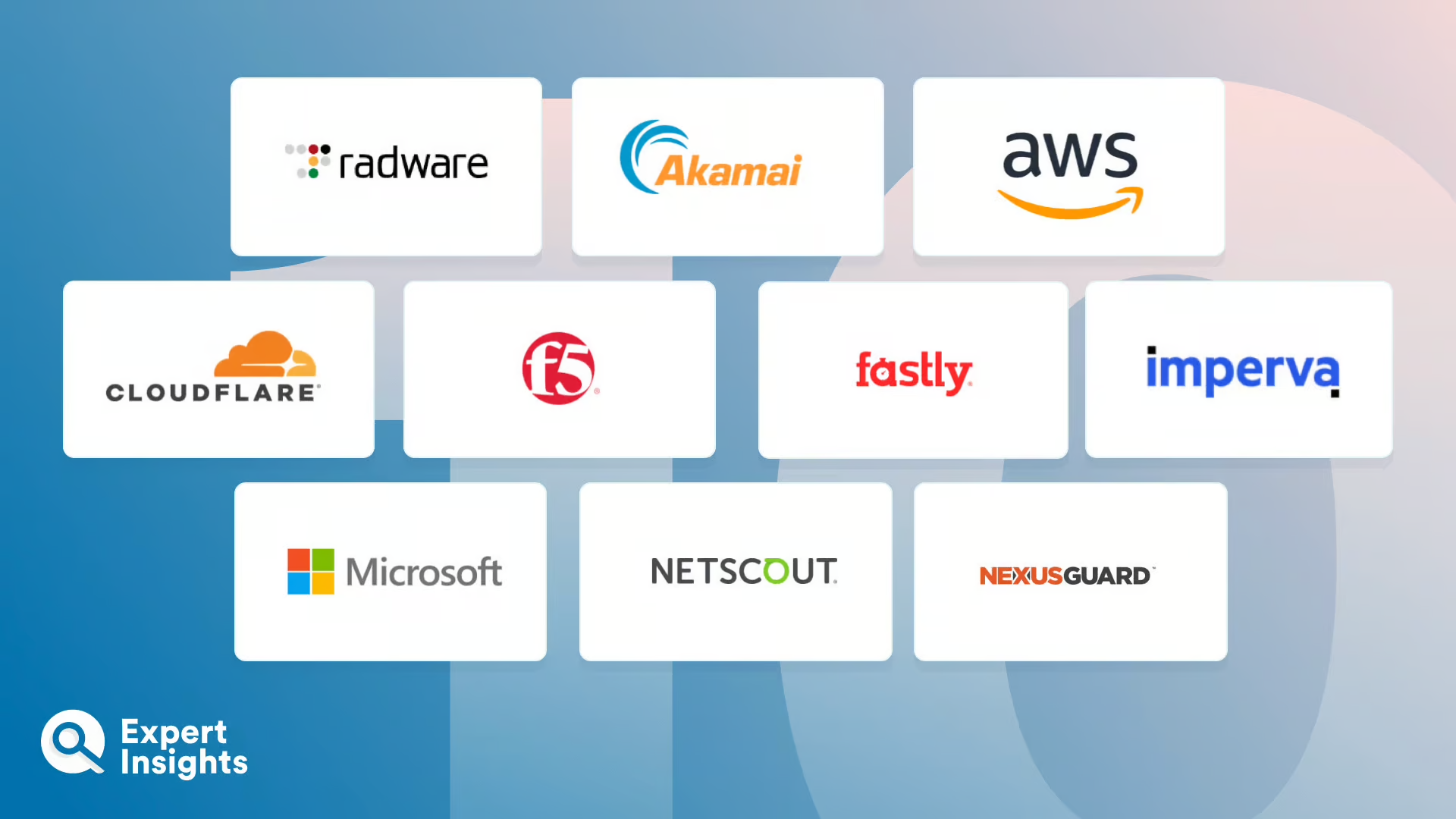Other Solutions To Consider
We researched lots of DDoS defense solutions while we were making this guide. Here are a few other tools worth your consideration:
- DataDome: Powered by machine learning, DataDome analyses 5 trillion signals daily and scans requests in real-time to stop DDoS attacks quickly and accurately.
- Fortinet FortiDDoS: FortiDDoS is an intuitive, easy-to-manage DDoS defense solution that protects against known and zero-day attacks with low latency.
- Check Point Quantum: Quantum uses a combination of dedicated on-prem and cloud-based technologies to protect against volumetric attacks at the application layer.
- Google Cloud Armor: Using Google Cloud’s global infrastructure, Armor delivers scalable protection against infrastructure- and application-level DDoS attacks.
- HAProxy ALOHA: ALOHA is a load balancer that offers protocol-level DDoS protection. With stateful packet filtering and the ability to block illegitimate packers before they’re processed by the kernel, ALOHA allows your services to stay in operation even when under attack.
- Link11 Reblaze: Reblaze is an all-in-one web security solution that offers not only DDoS defense, but also a next-gen WAF, API security, and account takeover prevention.
Everything You Need To Know About DDoS Defense Solutions (FAQs)
What Is A DDoS Attack?
A DDoS attack is a cyberattack in which a threat actor instructs a fleet of malware-infected devices to all request access to an organization’s server simultaneously. This causes a sudden and overwhelming surge in demand that causes the server to crash, preventing it from carrying out its usual activities.
When a DDoS attack is successful, it prevents customers from interacting with the victim organization’s web services. This can damage the organization’s reputation, and it can cause those customers to turn to that organization’s competitors instead, leading to a loss of revenue.
How Do DDoS Defense Solutions Work?
DDoS defense solutions typically use firewalls to monitor traffic that’s trying to access a web server and regulate traffic flow to ensure that web servers aren’t overwhelmed. If there’s a sudden surge in traffic that could indicate a DDoS attack, the solution uses filters to deny the requests and block the traffic. These often include:
- IP address filters, which can block devices using a specific IP address from accessing the server.
- Geo-blocking, which can block all traffic from a specific region.
These two types of filter are particularly helpful as the bots in a botnet often come from a specific IP range or share a behavioral profile, e.g., they’re the same type of device or they have the same geolocation.
Using these filters, the DDoS defense solution can block the bulk of bot traffic, whilst still granting access to legitimate users. However, it’s important to note that it might still slow down access for legitimate users.
To avoid this, for small-scale DDoS attacks, legitimate traffic can be rerouted to an alternative, hidden IP address by contacting the internet service provider and changing the DNS.
As well as helping organizations to identify and remediate active DDoS attacks, DDoS defense solutions help organizations take proactive steps to prevent attacks from happening in the first place. These often include:
- The ability to increase bandwidth.
- The creation of allow and deny lists that automatically block known malicious traffic from accessing the server.
- The logging of any abnormal traffic that could help the organization to identify future attacks more quickly.
More Web Security Articles
The Best DDoS Defense Solutions For Business: Shortlist FAQs
Why should you trust this Shortlist?
This article was written by the Deputy Head of Content at Expert Insights, who has been covering cybersecurity, including web security, for over 5 years. This article has been technically reviewed by our technical researcher, Laura Iannini, who has experience with a variety of cybersecurity platforms and conducts thorough product tests to ensure that Expert Insights’ reviews are definitive and insightful.
Research for this guide included:
- Interviewing executives in the DDoS protection space, as well as the wider web security industry, for first-hand insight into the challenges and strengths of different solutions
- Researching and demoing web security solutions in several categories over several years
- Speaking to several organizations of all sizes about their DDoS challenges and the features that are most useful to them
- Reading third-party and customer reviews from multiple outlets, including paid industry reports
This guide is updated at least every 3 months to review the vendors included and ensure that the features listed are up to date.
Who is this Shortlist for?
DDoS attacks can be harmful for any organization that interacts with their customers via a website or web app. This list has therefore been written with a broad audience in mind.
How was the Shortlist picked?
When considering DDoS Defense solutions, we evaluated providers based on the following criterion:
Features: Based on conversations with vendors, end customers, and our own testing, we selected the following key features:
- Scalability: The solution should not only be able to handle the usual levels of traffic that a business experiences, but also be able to scale dynamically and automatically to accommodate the high peaks in traffic caused by an attack.
- Real-time traffic monitoring and analysis: The solution should offer real-time monitoring and analysis of network traffic patterns, so that it can quickly identify any deviations from normal traffic patterns that could indicate an attack.
- Rate limiting and traffic shaping: Admins should be able to set up rate limiting and traffic shaping rules to control and limit the amount of incoming traffic, preventing it from overwhelming the network and servers.
- Traffic filtering: The solution should offer different traffic filtering options, such as a geographic filter or DNS filter.
- Allow and deny listing: Admins should be able to define what traffic is permitted access.
- SSL mitigation: While this feature isn’t relevant for all organizations, those that experience a high volume of SSL-based traffic and transactions need a solution that supports SSL mitigation. This means that it will support in-line decryption and traffic re-encryption.
- Customizable rules and policies: Admins should be able to customize and define specific rules and policies, tailoring the solution to the unique requirements of their organization. These may include policies based on URL, IP headers, geolocation, source IP, and destination IP.
- User-friendly reporting dashboard: The solution should have a user-friendly interface with comprehensive reporting capabilities that help teams monitor their organization’s security status, analyze historical data, and make informed decisions.
- Integrations with other third-party security tools: The solution should offer seamless integrations with a range of tools, including: WAFs to protect against application layer attacks and filter out malicious HTTP/HTTPS traffic; SIEM systems for centralized monitoring, analysis, and reporting; and global threat intelligence feeds.
Market perception: We reviewed each vendor included on the Shortlist to ensure they are reliable, trusted providers in the market. We reviewed their documentation, third-party analyst reports, and—where possible—we have interviewed executives directly.
Customer usage: We use market share as a metric when comparing vendors and aim to represent both high market share vendors and challenger brands with innovative capabilities. We have spoken to end customers and reviewed customer case studies, testimonials, and end user reviews.
Product heritage: Finally, we have looked at where a product has come from in the market, including when companies were founded, their leadership team, their mission statements, and their successes. We have also considered product updates and how regularly new features are added. We have ensured all vendors are credible leaders with a solution we would be happy to use ourselves.
Based on our experience in the web security and broader cybersecurity market, we have also considered several other factors, such as the benefit of consolidating multiple features into a single platform, the quality of the admin interface, the customer support on offer, and other use cases.
This list is designed to be a selection of the best DDoS defense providers. Many leading solutions have not been included in this list, with no criticism intended.



